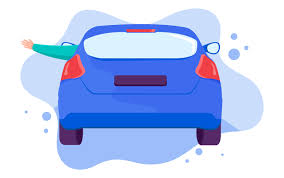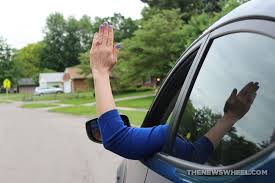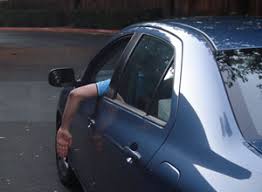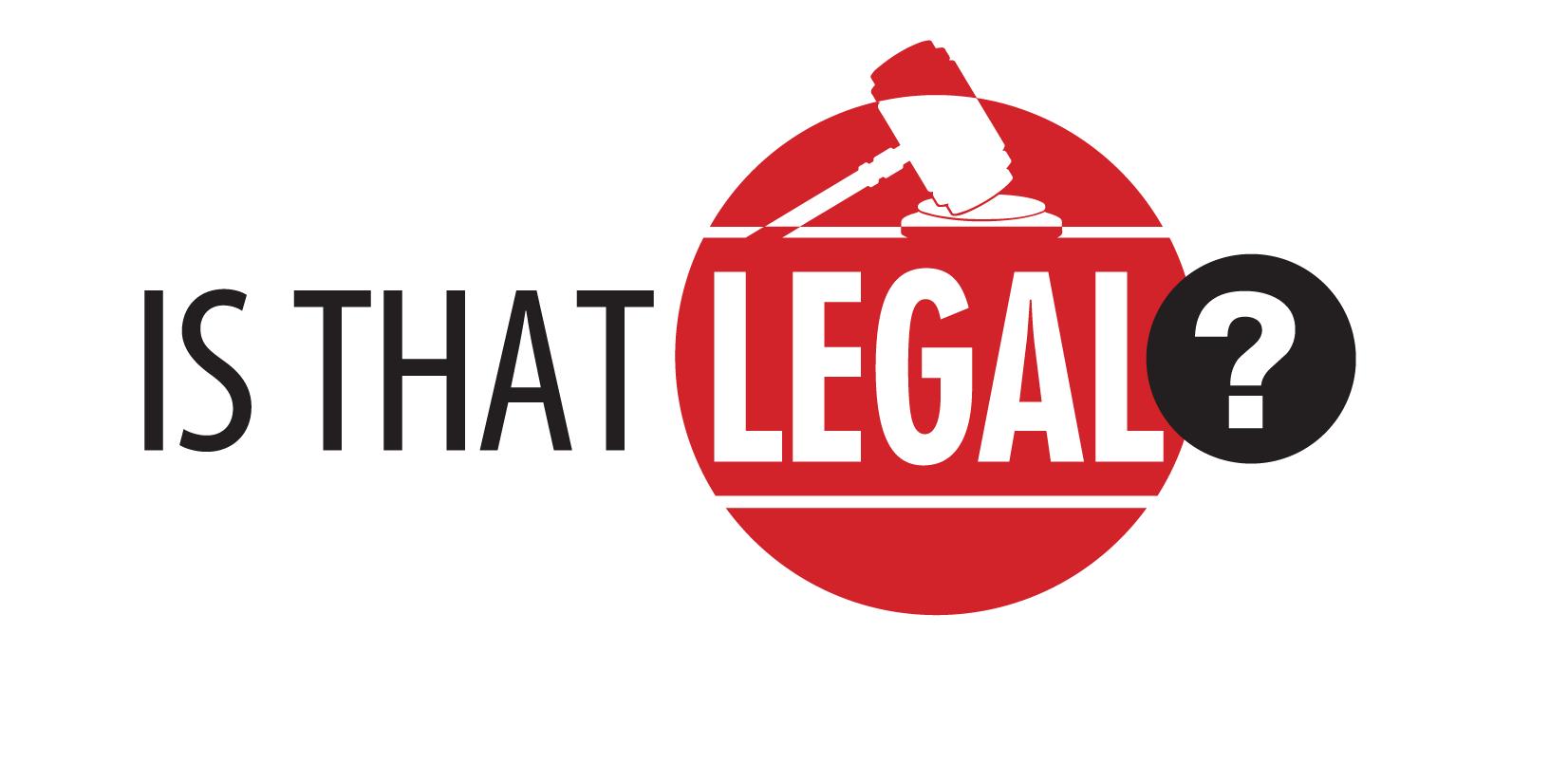There are three basic hand signals for a car to use when your signal lights are not working: turn left, turn right, and stop or slow down. Extend your left arm out to signal a left turn. Make an upwards right angle to signal a right turn. And make a downwards right angle to signal stop or slow-down. Ever since their invention in 1907, electronic turn signals have become a staple for road safety. But what happens when your signals stop working or when your vehicle doesn’t feature them at all? use hand signals use hand signals

Driving hand signals are useful for indicating intentions for turns and stops through the window. Cyclists would be more familiar with the car hand signals, but even regular drivers can make the most of them. There are three basic hand signals used for turning and stopping, plus one more for admitting a pass. So what are the three basic hand gestures? And how do you properly turn hand signal using your arm and hands? Here’s all you need to know about driving hand signals.
The Three Basic Hand Signals:
Drivers like to use their own, more natural hand signals when driving, turning, or stopping. However, there are three standard signals officially recognized by the Uniform Vehicle Code, and they have rights reserved.
Hand signal for Left Turn:

When making a left turn, extend your left arm out from the driver’s seat to give a hand signal (assuming a left-hand drive). Keep extending it until it’s fully out, past your side-view mirrors. Keep your palm facing forward. Since many drivers are not accustomed to handing signals, some drivers might confuse them with nonchalant gestures. To stay on the safe side of things, make sure to hold out two fingers, so the drivers behind you know for sure that it’s a signal.
Hand signal for Right Turn:

For a right turn, extend your hand out completely for a hand signal as if you were signaling for a left turn. Then bend your elbow upwards, such that your arm forms a 90-degree angle facing up. Your palm should be facing the front, and your fingers should be fully extended when you turn right. Check the cars and other traffic behind you and slow down your speed. When driving a motorcycle or cycle, you can instead use the right hand to signal. Just stick your right hand out like you would for a left turn. Many drivers will recognize this more intuitively than the standard right turn signal if your indicator lights are not working.
Hand signal for Stopping Or Slowing Down:

In most countries, the signals for stopping and slowing down are the same. The signal is pretty similar to that of the right turn, except this time you bend your arm down. In this way, your arm should form a 90-degree angle facing down. Keep your palm facing behind you, to the drivers you’re signaling. The same signal can be used by motorcyclists and cyclists alike. However, it is important to note that you can only either brake or signal at any given time and cannot do both simultaneously. This is because, as a driver, signaling requires you to extend your left hand for stopping.
In a bike, the front brakes are located at the front-left, and as such, you can’t affect the brake while signaling. Instead, you should signal before braking. And always check to confirm that your signal has been noticed by the drivers behind you. In order to give you a better visual, here’s a video guide for signaling with your hands.
- Other Signals: Aside from the regular left-hand drive signals, there are a few other signals. These are officially recognized by the law and are completely legal to use.
- Overtaking: In some instances, drivers may also use a signal for overtaking. Extend your left arm out and position it at a right angle facing upward. Then rotate your arm in a clockwise circular motion. This will let the vehicle behind you know that they can overtake you. The signal is officially recognized by the US Department of Motor Vehicles and can be used when giving a pass.
- Motorcycle Signals: Motorcycles are considered by law as vehicles, and both motorcyclists and cyclists fall under the heading of “drivers.” As such, they are required to signal when turning and stopping. However, the signals for motorcyclists are far more complex than for the drivers in a car or truck. The basic 3 signals remain the same for motorcyclists. But there’s also the single file and double-file signals, as well as the refreshment stop and comfort stop signals. And in the hazard signal.
How To Properly Give A Driving Hand Signal:
Knowing what the signals are and how to use them is crucial for safe driving. However, there are a few tips that will help you give these signals more effectively.
Check For Oncoming Vehicles:
We’ve all been taught not to dangle our hands and feet outside the car’s windows. And for all the right reasons. Oncoming vehicles from the rear could snag your arm away, ultimately fracturing it. Before you give the hand signal, do a quick check of the rear using the side-view mirror. If any vehicles are driving at high speeds, let them pass, and then give the signal. You might also want to look at the vehicles behind you to make sure that your signal is noticed. This is especially the case when you’re braking. While the braking hand signal is pretty much universal, many drivers don’t know this and instead look for a turn signal. Make sure that your signal is seen by the drivers behind you.
Make Exaggerated Motions:
When signaling to turn, stop, or overtake, you want to be as obvious as possible. If the signal requires a circular arm motion, try to exaggerate it so motorists from even a few miles away can see the signal. If you’re driving a bike or a motorcycle, it is important not to exaggerate the signal too much. Otherwise, you run the risk of the signal being misinterpreted. Since there are hardly 4 signals for car drivers, you won’t find this issue when driving a car.
Signal 100 Feet Before The Turn:
Like with the in-built indicator lights in your car or bike, you don’t want to signal right as you’re making the turn. And many drivers like to keep their eyes front and down, so they might miss your turn hand signal too. For this purpose, it is advised to signal at least 100 feet before the turn. If you know you’re going to break soon, then follow the same rule when braking or slowing down. To give you a better idea, imagine one car length as being 10 feet. Or, to put it in a better way, if you’re driving at 35 mph, the distance you travel in 2 seconds is 100 feet.
Is It Legal To Use Hand Signals For Driving?

Yes, most definitely. Signaling is not only allowed but sometimes encouraged. And in some driver’s tests, hand signals are a part of the verbal exam. Hand signals for drivers are part of the Uniform Vehicle Code, which is followed in every state. Here are a few uses of hand signals:
When Your Brake Lights Aren’t Working:
If your taillights have stopped working, then you need to use hand signals while driving. However, you might still get a ticket for having broken indicators. And it is your civil duty to get them fixed as soon as possible. If you can’t fix them (i.e., they’re broken beyond repair), then you might still get written up for a mechanical failure.
Conclusion:
Arm signals for driving have always been developed and standardized along with turn signals. And depending on the situation, you may benefit from signaling with your arms. There are three basic arm gestures used for turning the left arm straight, right, and for stopping or slowing down. Many jurisdictions allow you to use turn hand signals only either when your turn signals are broken or when you’ve given both. You should still get your taillights fixed as soon as possible. All in all, the right knowledge of hand signals will only ensure your safety and security while on the road. So remember to use them appropriately and drive safely!

Hi Great Article. Are the hand signals you use standard or all areas of the world?
I wonder how many people are aware of what all the standard sign turn signals are and how to use them correctly? Are they still being taught as a prerequisite to gettign a license?